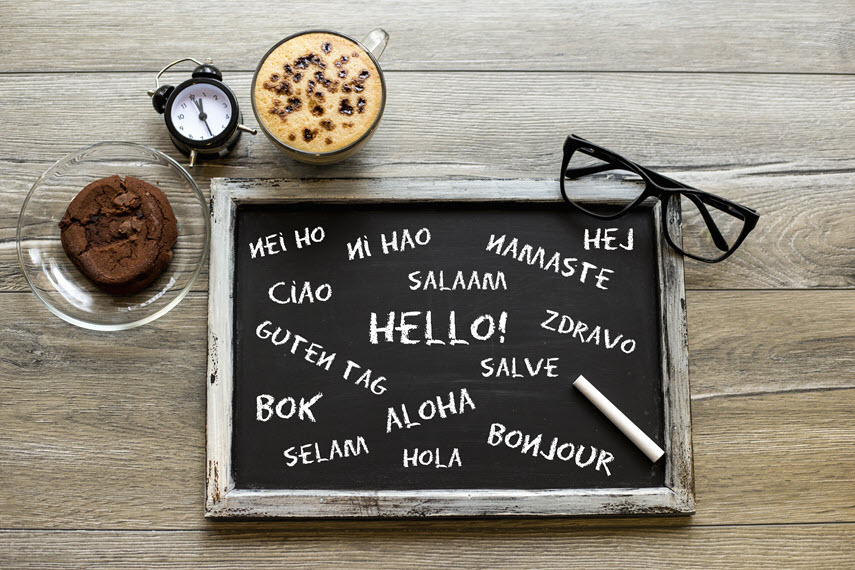You probably already know you need localized content. And you may already be taking steps toward creating content on a global scale. But just because you’re sharing content across the globe, doesn’t guarantee your message will resonate worldwide.
Regardless of what kind of business you’re involved with, a key factor of success is the happiness of your customers. Make your customer happy and they will sing your praises for years to come. Lose sight of their needs and it won’t be long until they go elsewhere. Simply being a global company isn’t enough to make your consumers happy and grow your business – localization is key.
Localization has gone beyond merely modifying a translation to make it sound local. Nowadays, it’s important that your product and content sounds authentic within locales you’re targeting. Localization creates a connection that enhances the value of your product to the consumers. In fact, researchers have pointed out that 57% of consumers confessed that the ability to obtain information in their own language is more important than price.
Localization holds a lot of power. It can help give your company a competitive edge, expand your market, avoid liability, and establish a great brand worldwide. So, let’s dive into how you can keep localization top of mind during content creation.
Localize your images
When you create content that you know you’ll use globally, think critically about the music, colors, the subject of your visuals, and the language. Make sure that to always keep cultural awareness in mind. An easy way to start is to localize any images you create. For example, here’s what to use in your images and what to avoid:

What to use
- Images of nature
- Abstract illustrations, sketches, and geometric shapes
- Inanimate objects
- Globally recognized symbols like professions, modes of transportation, equipment, devices, and consumer goods
- Standardized traffic and warning symbols
- Other standardized images, like scientific symbols
- Globally understood imagery
- Text free images
- Hand symbols, gestures, and body parts
- Religious symbols that are not globally recognized
- Animal symbols, especially for conveying emotions
- Flags other than icons to indicate language-specific content
- Graphical elements with text or a single letter
- Politics
- Emotionally charged
- Immodest dress and nudity
- Anything that is region-specific
- Humor that may not translate well
While translation is only one part of localizing content, it’s still extremely important. If you want a quick way to translate screenshots or images into other languages, Snagit has a workflow that can streamline your translation process. You can save time and money by batch exporting text callouts and annotations for translation.
Localize your language
Just because something is clear in English doesn’t mean the message is easily understood in other parts of the world. When you write English content, there are a few small things you can do to make translation easier for global markets. For example, you can try using controlled, natural language. Don’t worry, it’s nothing crazy. But when you use controlled language you’ll help reduce or eliminate ambiguity and complexity. Plus, it’ll help simplify your written communication, which can also help reduce translation costs.
What to do
- Avoid using gerunds
- Be specific
- Drop the passive language
- Be consistent
- Try out http://www.hemingwayapp.com/
While you craft a new campaign or launch your product or service to a new market, it’s vital to understand and tailor your message with the cultural, religious, and political impact it will have in mind. A localization strategy cannot guarantee success, but without one it’ll guarantee failure.
What is your biggest challenge with localizing content? Share with us in the comments.




Share